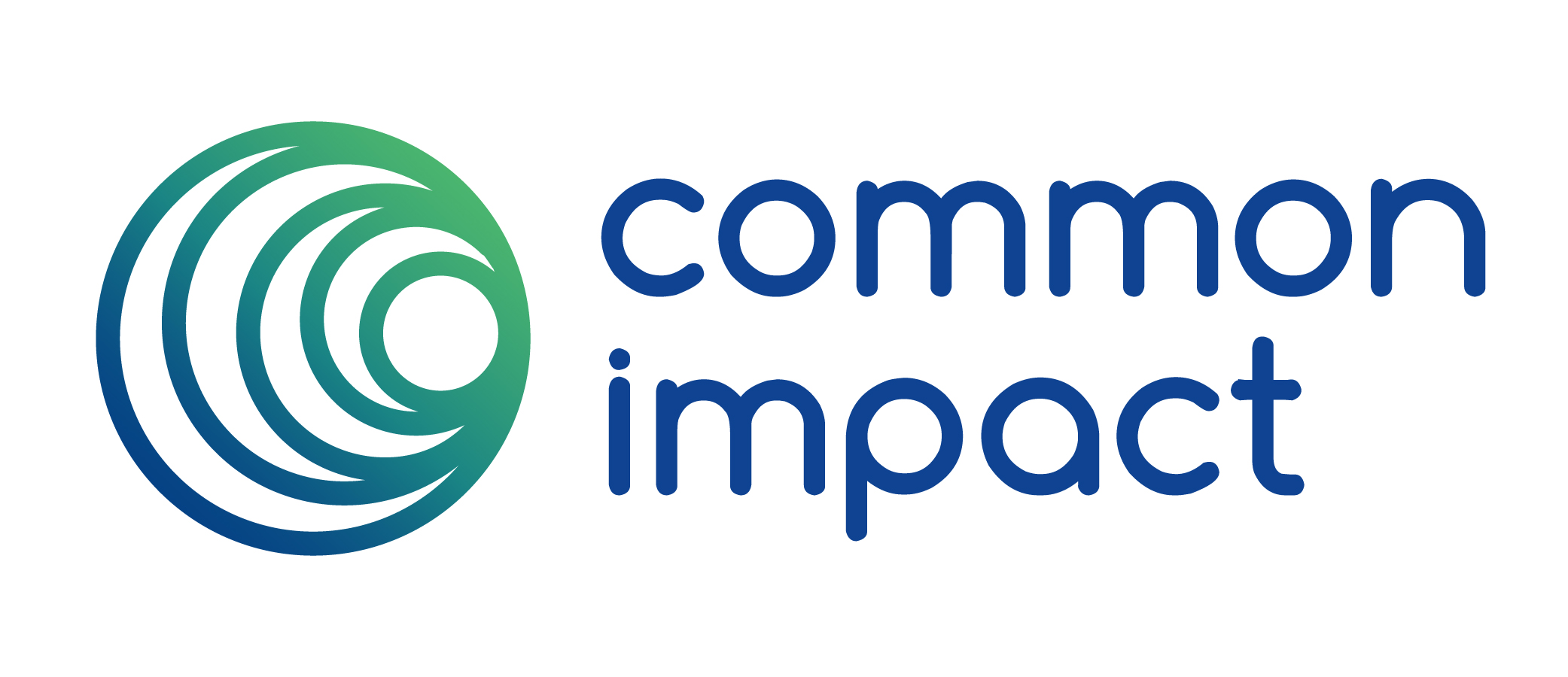Reflections from the Shared Value Summit
by Danielle Holly

This year’s FSG’s Shared Value Summit took place in New York earlier this week and I was lucky enough to join a group of companies, NGOs, and intermediaries who are helping to bring shared value programs from concept to reality at their organizations. And, the swankiness of the cocktail lounge at the Conrad Hotel never fails to delight.
For those of you asking, “What the heck is shared value?”, here’s the quick version: Shared value is a concept made popular by the 2011 Harvard Business Review article by Professor Michael Porter and FSG’s Mark Kramer and is based on the idea that businesses can gain a competitive advantage by addressing social challenges that are aligned or intertwined with their business. The concept has picked up considerable steam over the past few years, as general corporate interest in social responsibility has risen. Positioned as an evolved version of CSR, this idea that businesses can not only “give back” but can alleviate social challenges with a sustainable and market-based approach has been particularly compelling to the private sector.
Over the past few years, the focus of the summit has been on case studies of programs and initiatives that return a profit. Revolution Foods building a successful business providing healthy meals to schools in order to tackle childhood nutrition. Nestle fortifying its food and beverages with needed nutrients in emerging markets. Bayer securing its future workforce through targeted investment of science training in schools in the Czech Republic and Slovakia.
This year I noticed a significant shift in how companies were talking about their approach to shared value and societal engagement. They were focused on shared value programs that were good for the company – but not necessarily for profit. Raj Sisodia, Babson College Professor and Conscious Capitalism co-founder said it best when he stated:
“You can't singularly maximize profit, or any one thing, in a company or a system and expect that system to thrive.”
Sisodia’s comments hit on a critical point and a dimension on which the philanthropic and nonprofit community have expressed concerns with the shared value approach. While it’s an enormous and strategic step forward to identify the ways in which companies can realize a profit and social change at once, there are many challenges that are impacting our communities that can’t – and shouldn’t – create a profit for companies. And when building companies, business leaders need to make decisions with a long view and based on what’s best for the health of their employees, the environment, and the communities in which they operate.
Helena Foulkes, President of CVS Pharmacy, discussed CVS’s transition from an identity as a retail drugstore to a health company, most notably by stopping the sale of tobacco – sacrificing $2 Billion in sales.
“Leaders need to make purpose-driven decisions. Sometimes they’ll be good for the bottom line. Sometimes they won’t.”
I was excited to see this broadened interpretation of shared value and the continued movement from maximizing profit for shareholders to maximizing value for stakeholders, and the brave leaders who are willing to forego short term profits for a longer term win.
What examples have you seen of companies taking risks in the name of sustainable business and social value? We’re excited to hear and share your experiences!

